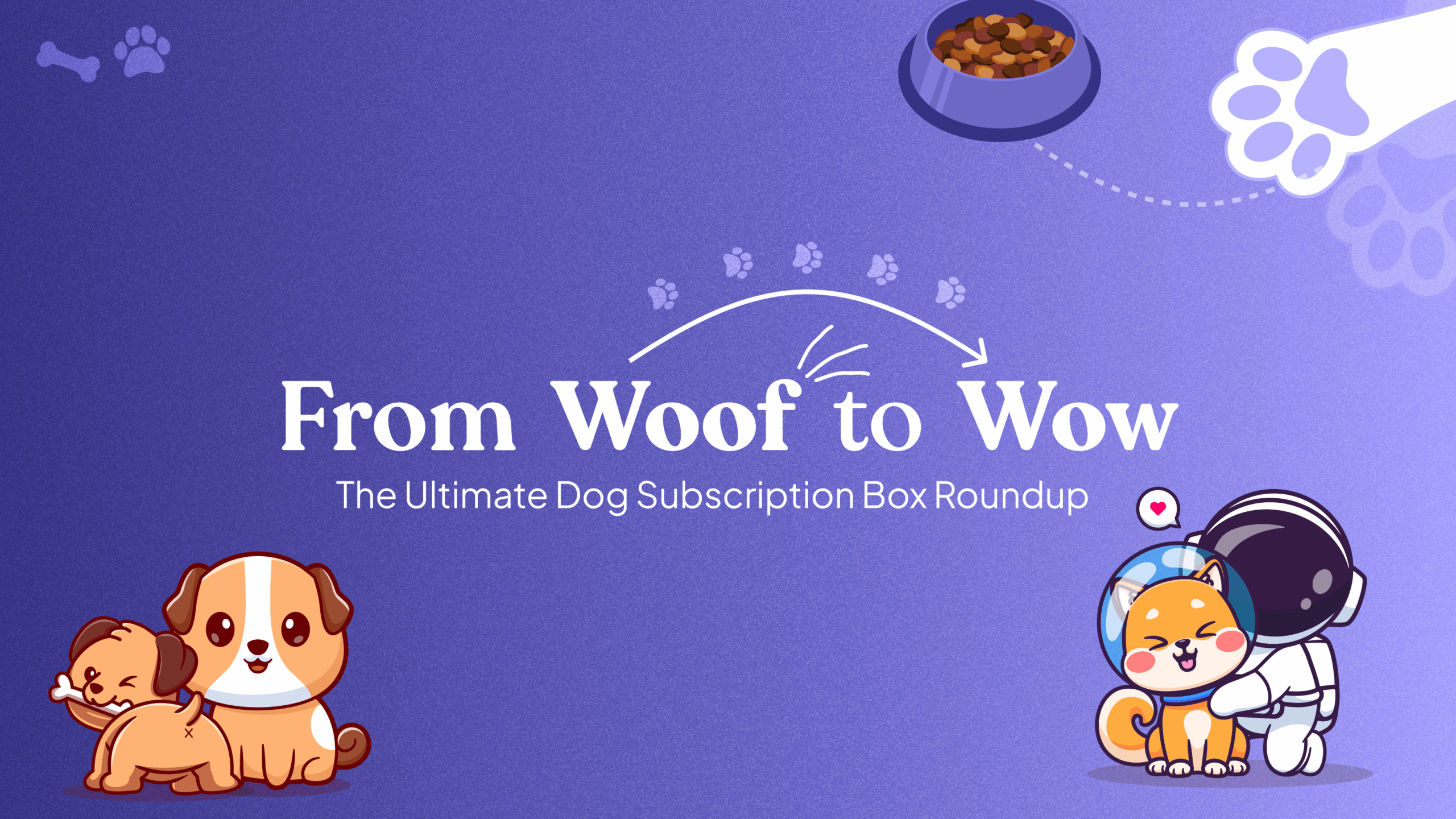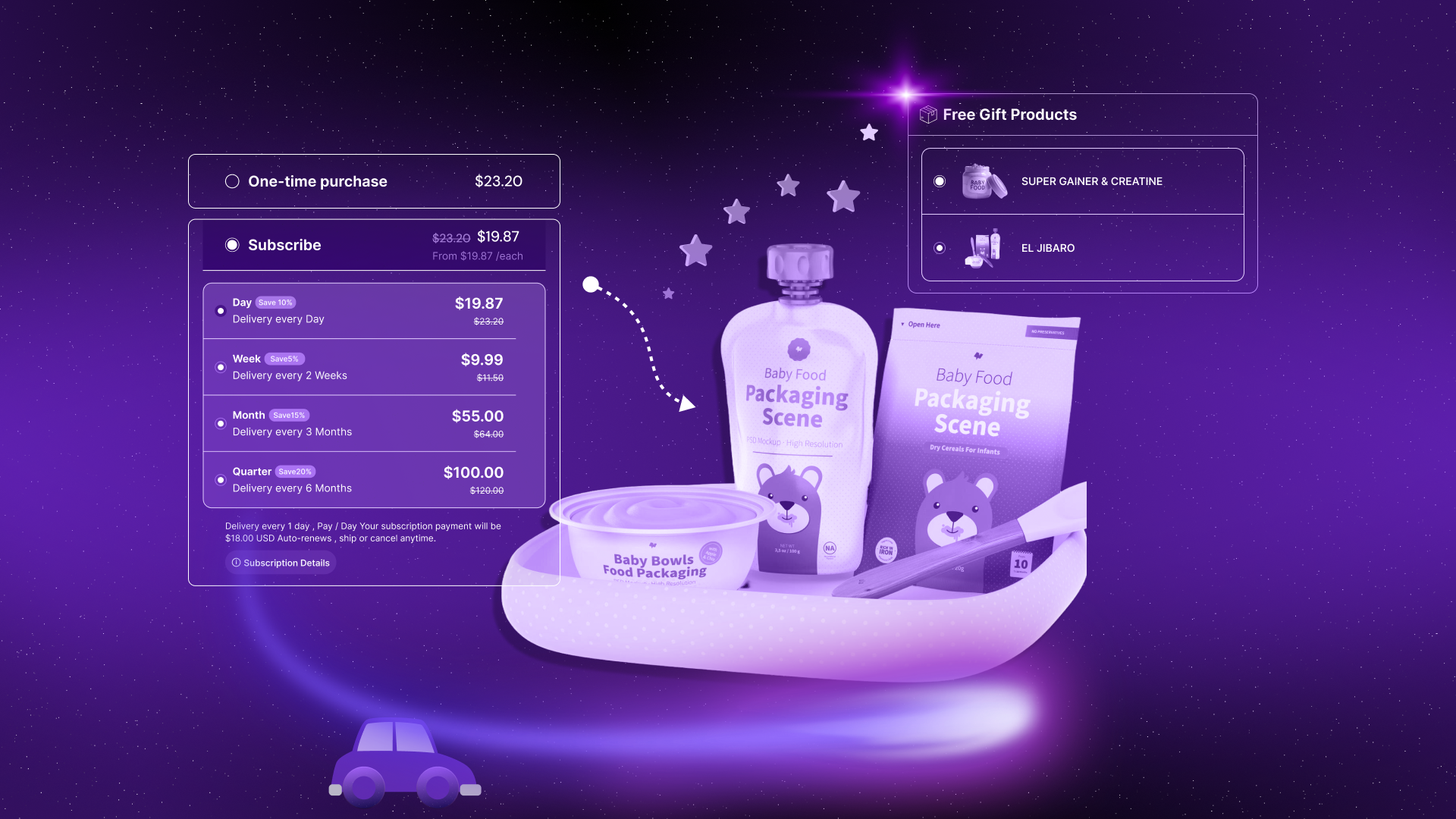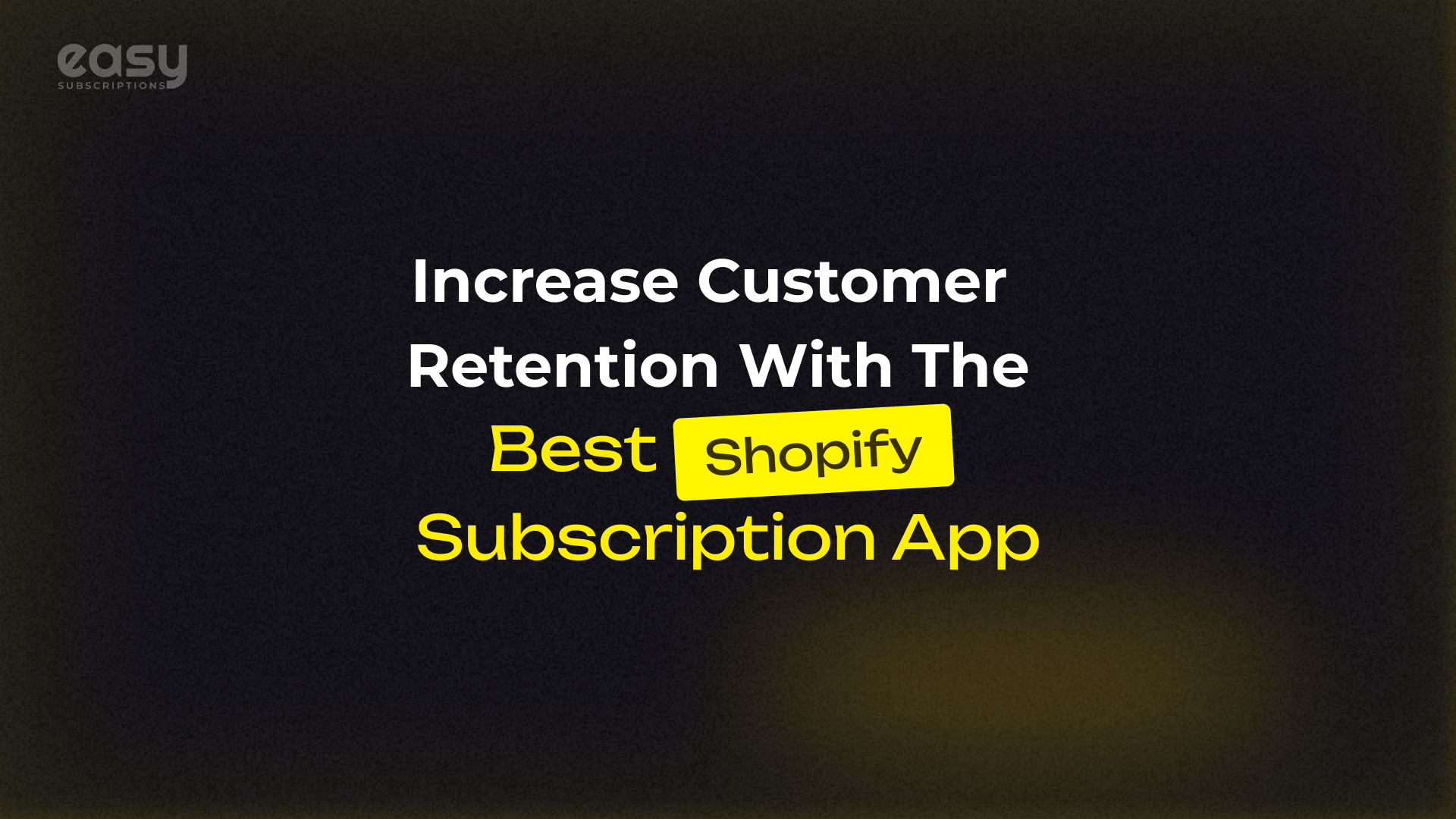
How Shopify Subscription Apps Streamline Recurring Billing and Boost Profitability
Published On: September 19, 2024 - 6 min read
Subscription-based services are becoming increasingly popular across various industries, with businesses of all sizes exploring new ways to influence this model for sustainable revenue. Look at the popular apps likes Netflix, Spotify, or meal delivery services like Blue Apron, what do they all have in common? They offer customers convenience, personalized experiences, and continuous value. Subscription models have become the preferred way to generate recurring revenue while building long-term customer relationships.
For eCommerce businesses on Shopify, adopting a subscription model is not just a trend, it is a strategic move. With a subscription-based service, you can create consistent revenue streams and improve customer retention. Managing recurring payments and providing a seamless subscription experience can be challenging without the proper tools. This is where Shopify subscription apps come in.
In this blog, we’ll explore how Shopify subscription apps make managing recurring billing easier and how they help businesses boost profitability by offering customers more flexibility, automating payments, and enhancing customer experiences.
Why Subscription-Based Models Matter
Subscription models have transformed how businesses interact with their customers. Traditionally, you’d make a one-time sale, and that would be the end of the customer’s interaction with your brand until they needed to buy again. However, subscription models flip that script by encouraging customers to subscribe to your services or products, meaning consistent, predictable income for your business.
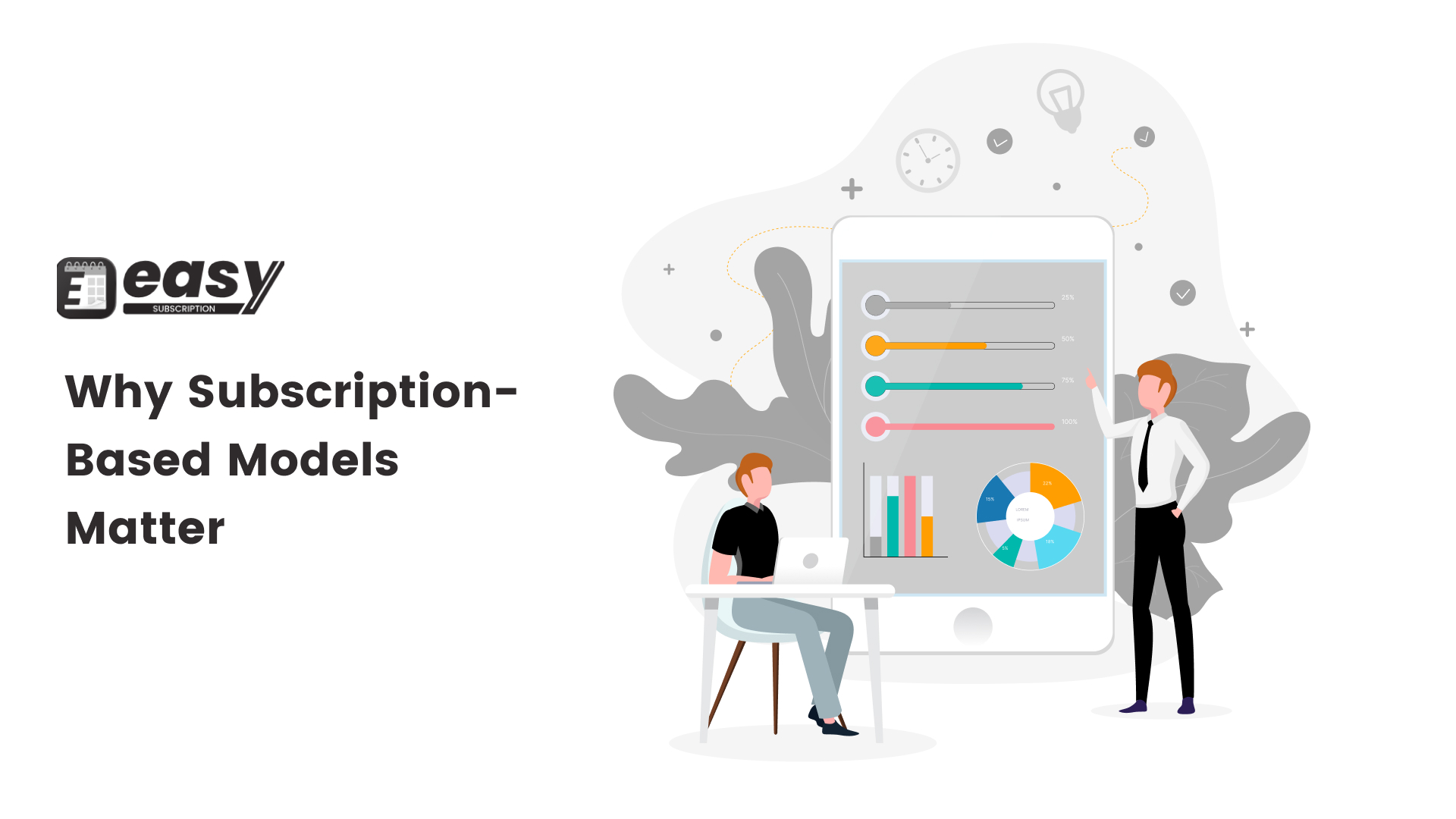
Subscription services offer numerous advantages:
- Predictable Revenue: Businesses get to enjoy consistent cash flow every month or year.
- Improved Customer Retention: Customers stick around longer because they are subscribing for continuous access to valuable services or products.
- Greater Customer Lifetime Value (CLV): Subscriptions naturally extend the relationship with customers, increasing the overall value each customer brings to your business.
But running a subscription-based business is not just about the revenue it is also about convenience for your customers. Many consumers prefer subscriptions because they simplify their lives by automating regular purchases. A 2019 report by McKinsey found that the subscription eCommerce market grew by over 100% annually over the last five years, highlighting the significant demand for subscription services.
Here’s a quick snapshot of successful subscription-based service types:
| Subscription Service Type | Popular Examples |
|---|---|
| Streaming & Music | Netflix, Spotify, Apple Music |
| Meal Kits & Food Delivery | Blue Apron, HelloFresh |
| Subscription Boxes | Birchbox, Dollar Shave Club |
| Software as a Service (SaaS) | Microsoft Office 365, Adobe Creative Cloud |
How Shopify Subscription Apps Simplify Recurring Billing
Manually managing recurring billing takes a lot of time and can lead to errors and mistakes. Keeping track of who’s paying, when they’re paying, and ensuring that everything is processed smoothly can become a headache without the right system. Shopify subscription apps streamline these tasks, delivering a smooth experience for both businesses and their customers.
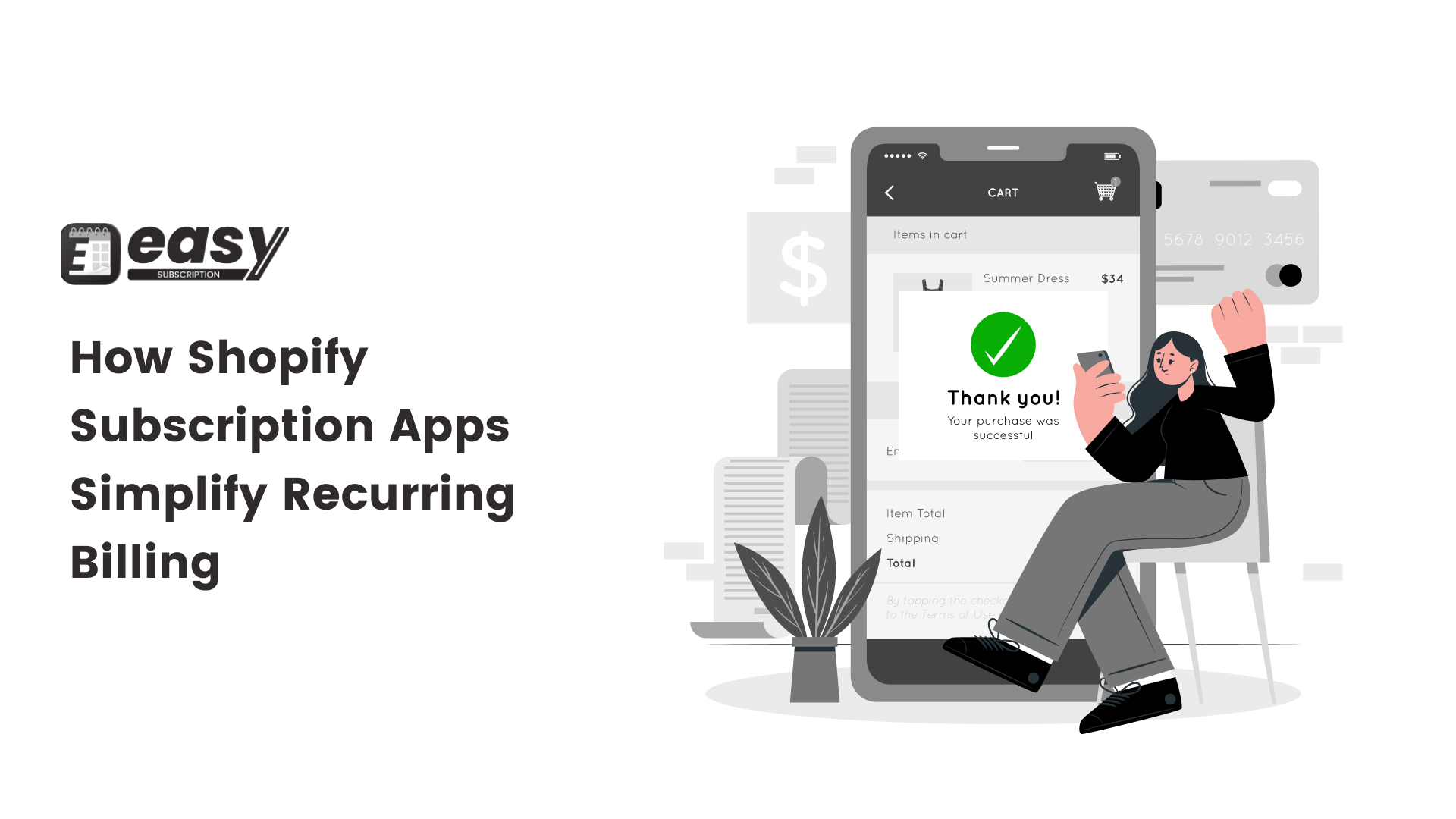
1. Automated Payments
One of the key features of subscription apps is automated payments. Once a customer subscribes to your product or service, the app handles the rest of the work like notifying them at the appropriate time, sending out payment reminders, and even managing any issues with failed payments. This automation means less work for your team and fewer errors in payment processing.
Benefits of Automation:
- There’s no need to follow up with customers for payments.
- Automatic retries in case of failed payments
- Smooth and hassle-free billing cycles
2. Flexible Subscription Management
Today’s customers expect flexibility. Whether it’s being able to pause, modify, or cancel their subscriptions, customers want control. Subscription apps allow you to offer this flexibility to your customers without manual intervention. Customers can log into their accounts and make changes to their subscription settings as needed.
Providing this level of control improves customer satisfaction and helps reduce churn. If customers can easily adjust their subscription, they are more likely to stick with your brand rather than cancelling altogether.
3. Inventory Management Integration
For businesses offering physical products through subscription models, managing inventory can be challenging. You don’t want to run out of stock for your subscribers, nor do you want to overstock and have unsold products taking up space.
Subscriptions apps help automate inventory management. As customers subscribe, the app updates your inventory in real time, ensuring you always have a clear view of your stock needs. This automation ensures that you’re prepared for recurring orders and reduces the risk of stock outs or overstocking.
Key Inventory Management Features:
- Automatic stock adjustments based on active subscriptions
- Notifications when stock levels are low
- Synchronization with Shopify’s native inventory tools
How Shopify Subscription Apps Boost Profitability
Beyond making billing and management easier, subscription apps offer various ways to boost a business’s bottom line.
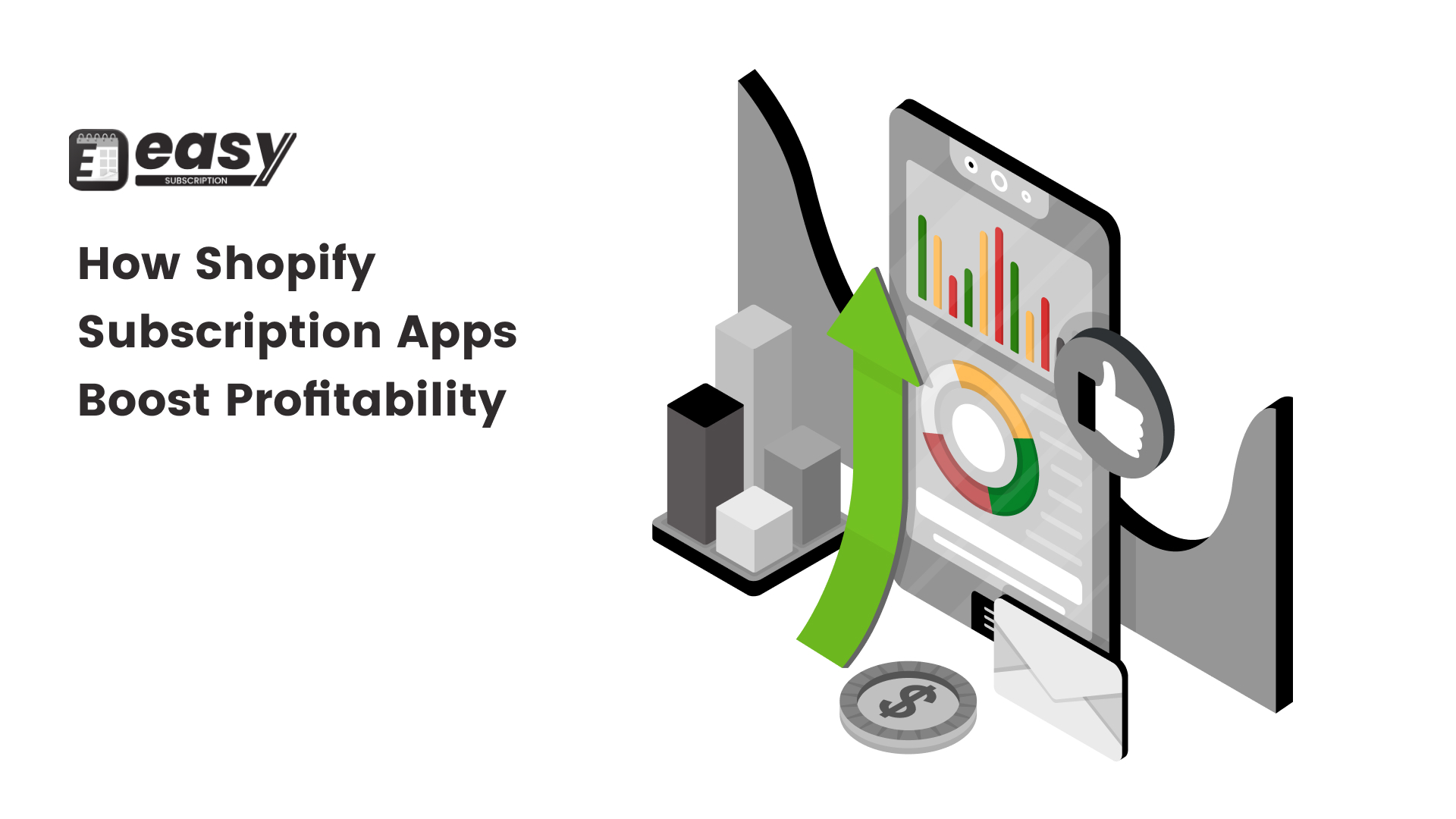
1. Predictable Revenue Streams
Perhaps the biggest financial advantage of subscription models is the ability to generate predictable revenue. With traditional sales, it can be hard to know exactly how much revenue you’ll generate in a given month. Subscription models, however, provide more stability because you know how many customers are subscribed and how much they will pay at regular intervals.
Understanding your recurring revenue enables more effective financial planning. It becomes easier to allocate budgets, invest in growth strategies, and manage cash flow when you have a predictable income stream. You’re also less vulnerable to seasonal dips in demand or other market fluctuations.
2. Lower Customer Acquisition Costs (CAC)
Acquiring new customers is expensive, but retaining existing customers is far more cost-effective. Subscription apps help businesses focus on customer retention by ensuring that customers continue paying over a long period. The longer a customer stays subscribed, the greater their value to your business.
By spreading out your customer acquisition costs over a longer period, you can lower your CAC and improve your overall profitability. With subscription apps, you can also track metrics like Customer Lifetime Value (CLV), giving you valuable insights into how long customers stay with your brand and how much they’re worth over time.
3. Upselling and Cross-Selling Opportunities
A well-implemented subscription app provides opportunities for upselling and cross-selling. For example, if you offer a subscription box, you can suggest add-ons or premium items to customers during checkout. Likewise, if you run a software-as-a-service (SaaS) business, you can offer customers the option to upgrade to a premium subscription tier for access to advanced features.
By offering personalized recommendations and upselling at the right moments, businesses can increase their Average Order Value (AOV) and drive more revenue without needing to acquire new customers.
| Revenue-Boosting Tactics | Examples |
|---|---|
| Upselling | Offering a higher subscription tier with exclusive perks |
| Cross-Selling | Suggesting complementary products during subscription signup |
Best Practices for Implementing Shopify Subscription Apps
Implementing a Shopify subscription app is just the first step. To make the most of it, businesses should adopt best practices that enhance the customer experience and drive long-term success.
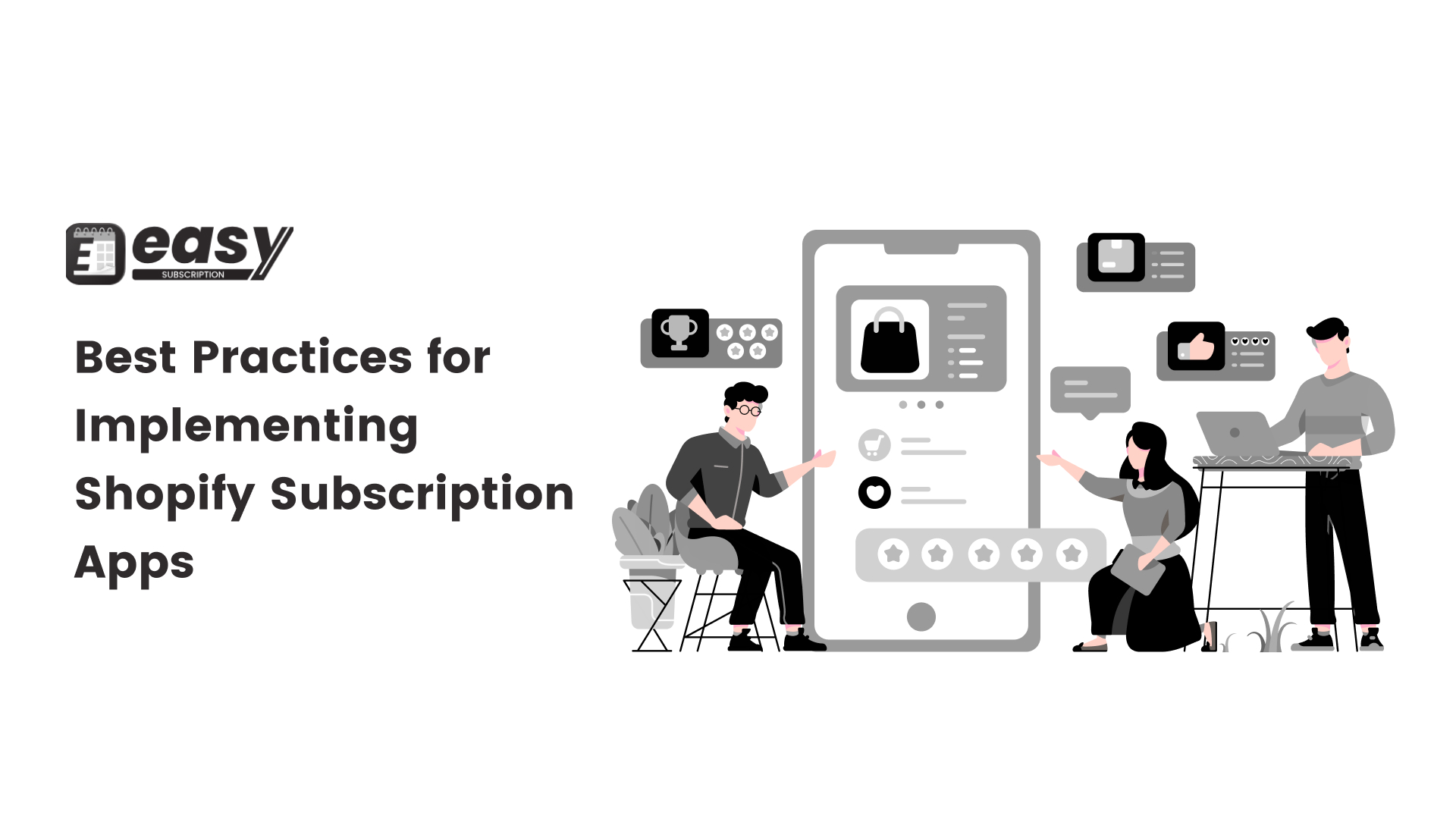
1. Offer Multiple Subscription Plans
Customers love choice. Offering multiple subscription plans (monthly, quarterly, annually) lets customers select the plan that best suits their needs. You can even offer discounts for longer-term subscriptions, encouraging customers to commit to your service for longer.
2. Use Automated Communication
Transparency is key when managing subscriptions. Set up automatic email notifications to remind customers about upcoming payments, shipping dates, and any changes to their plan. These automated emails not only reduce customer anxiety but also help minimize churn by keeping customers informed and engaged.
3. Leverage Data Insights
Most subscription apps provide analytics tools to help you track important metrics like CLV, subscription growth, churn rates, and more. Use these insights to optimize your marketing strategy, tailor offers to individual customers, and improve the overall subscription experience.
Conclusion
As eCommerce continues to evolve, offering subscription services can be a game-changer for Shopify businesses. A Shopify subscription app simplifies recurring billing, automates inventory management, and boosts profitability by retaining customers longer, reducing churn, and increasing revenue through upselling and cross-selling opportunities.
If you want to create predictable revenue and build strong customer relationships, adopting a Shopify subscription app is a smart investment that will streamline your business and set you on the path to sustainable growth.
